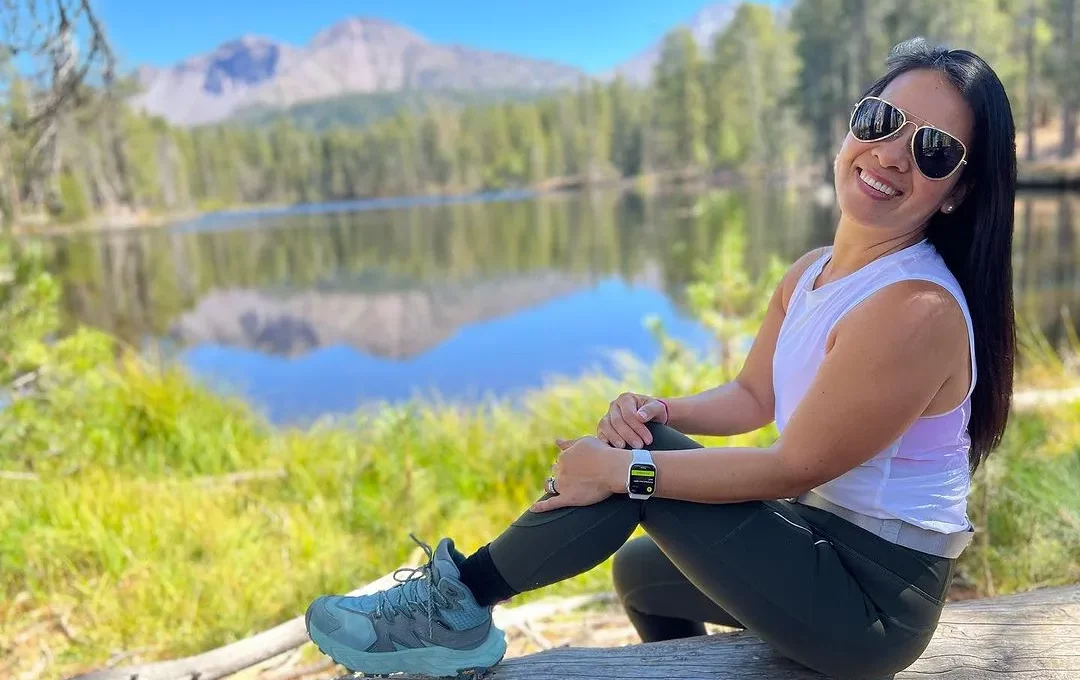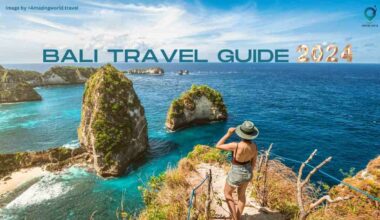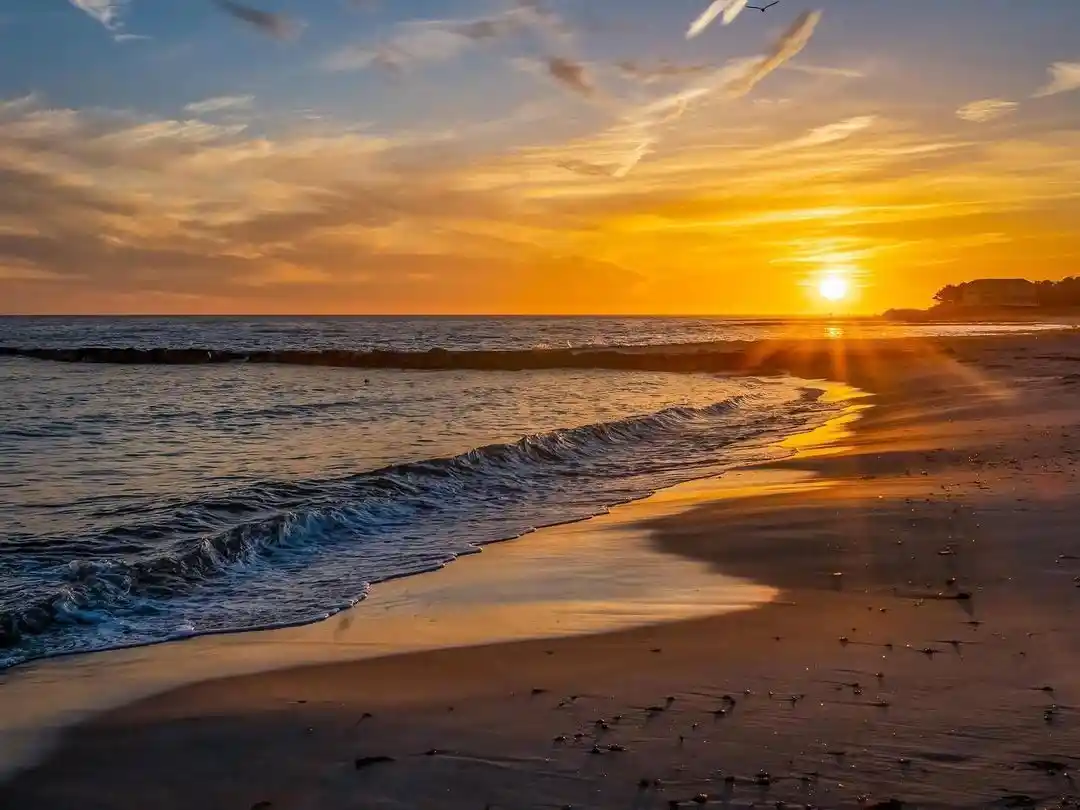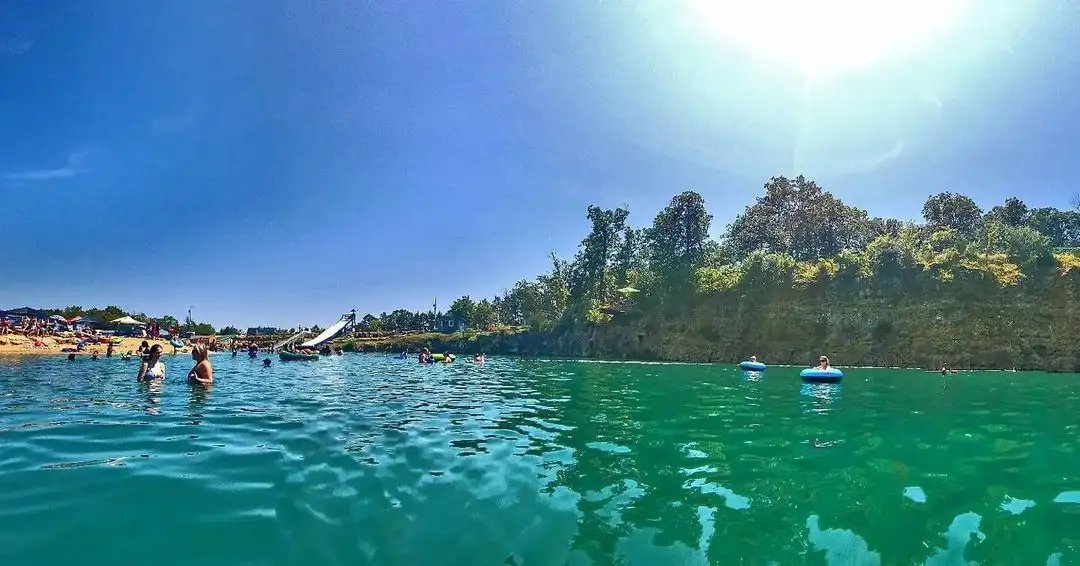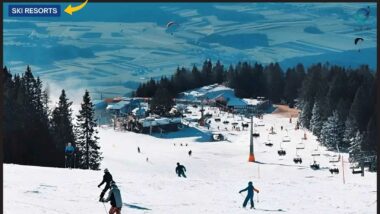Lassen Volcanic National Park: Discover California’s Hidden Gem of Fire and Beauty
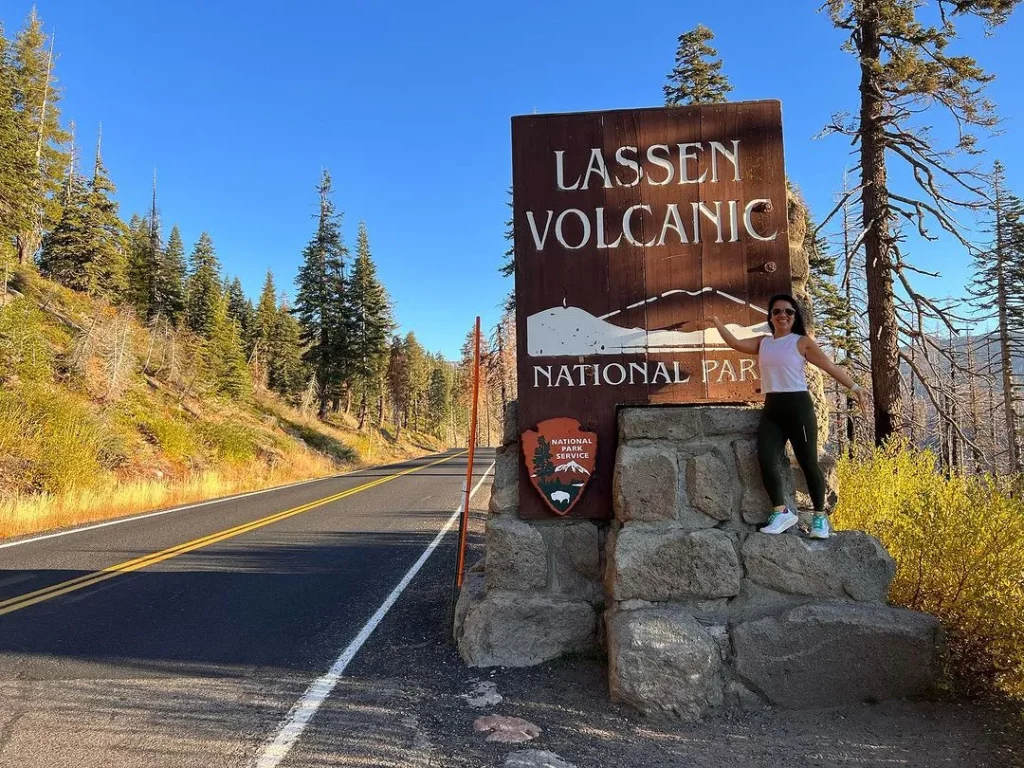
In This Blog
Are you an avid explorer seeking nature’s marvels? Discover the allure of Lassen Volcanic National Park, a hidden gem in California boasting fiery landscapes and captivating beauty. Nestled in Northern California, this park showcases the remnants of volcanic eruptions, offering a glimpse into Earth’s fiery history. Prepare to immerse yourself in a world of geothermal wonders, lush ecosystems, and diverse landscapes. Explore the essence of untouched beauty and witness the fiery artistry of nature at Lassen Volcanic National Park.
About Lassen Volcanic National Park & Brief History
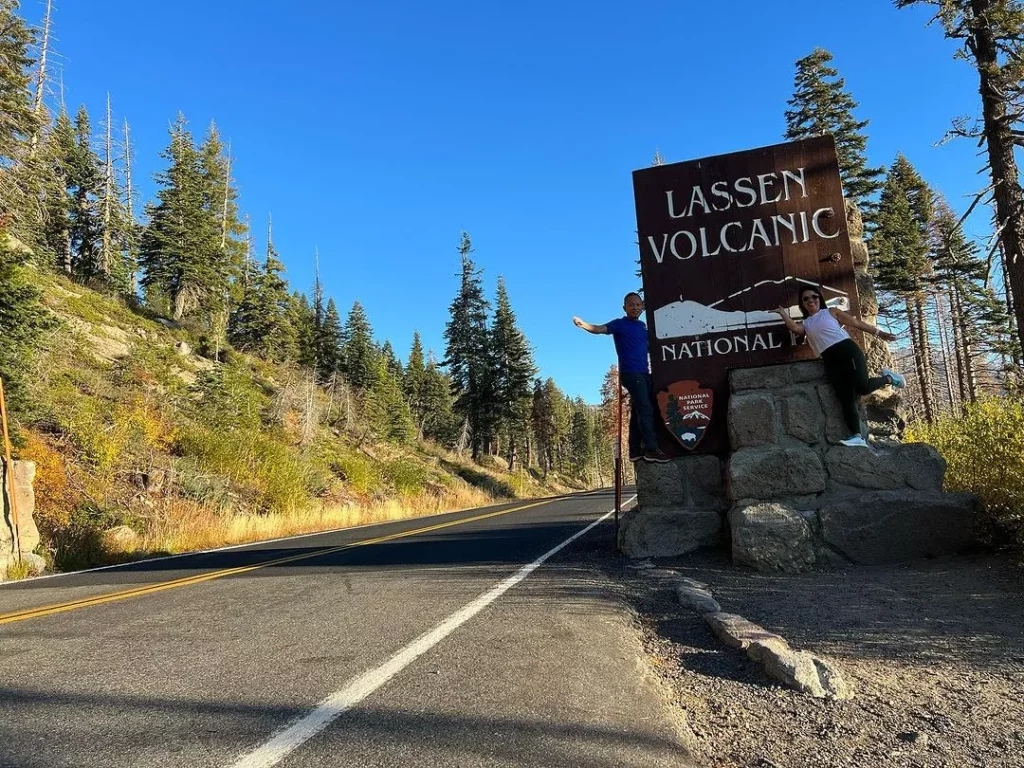
Lassen Volcanic National Park, situated in northern California, is a captivating natural wonderland renowned for its fascinating geology, diverse ecosystems, and unique volcanic landscapes. Encompassing an area of approximately 106,000 acres, the park is a testament to the explosive volcanic activity that shaped its terrain.
At the heart of Lassen Volcanic National Park lies Lassen Peak, a plug-dome volcano that rises about 2,000 feet above its surroundings, reaching an elevation of 10,457 feet. The park showcases various geothermal features, such as boiling springs, bubbling mud pots, hissing steam vents, and fumaroles, which offer a glimpse into the earth’s volcanic processes.
In 1914 and 1915, the area experienced a series of eruptions, particularly notable for the eruption of Lassen Peak in 1915. This event spewed ash and debris into the atmosphere, prompting the subsequent formation of the national park in 1916 to safeguard the newly transformed landscape.
Before its designation as a national park, the region was historically significant as a summer encampment and gathering place for Native American tribes, including the Atsugewi, Yana, Yahi, and Maidu. These indigenous communities hunted, gathered resources, and cultivated their culture in this area. Some descendants still reside near the park, contributing to its heritage and sharing their knowledge with visitors.
Lassen Volcanic National Park boasts a rich biodiversity, featuring a blend of barren volcanic landscapes and lush, green forests. Its ecosystems support a wide array of flora and fauna adapted to varying elevations, from alpine meadows to dense coniferous forests.
The park offers numerous opportunities for exploration and outdoor activities, including over 150 miles of hiking trails suitable for various skill levels. Visitors can embark on trails leading to scenic vistas, stunning waterfalls like Mill Creek Falls, and fascinating geothermal areas like Bumpass Hell.
Lassen Volcanic National Park has two entrances—Manzanita Lake in the north and a southwest entrance. The park is committed to conservation efforts, ensuring the protection of its natural resources while offering educational programs, guided tours, and ranger-led activities to enhance visitor experiences.
This national park provides a captivating blend of natural wonders, educational opportunities, and recreational activities, making it a remarkable destination for nature enthusiasts, adventurers, and anyone seeking to immerse themselves in the awe-inspiring beauty of California’s volcanic landscapes.
“If you are looking for the best hotel and flight deals for your next vacation, then we recommend booking your bundled flight and hotel through hotwire.com.“
How to get there?

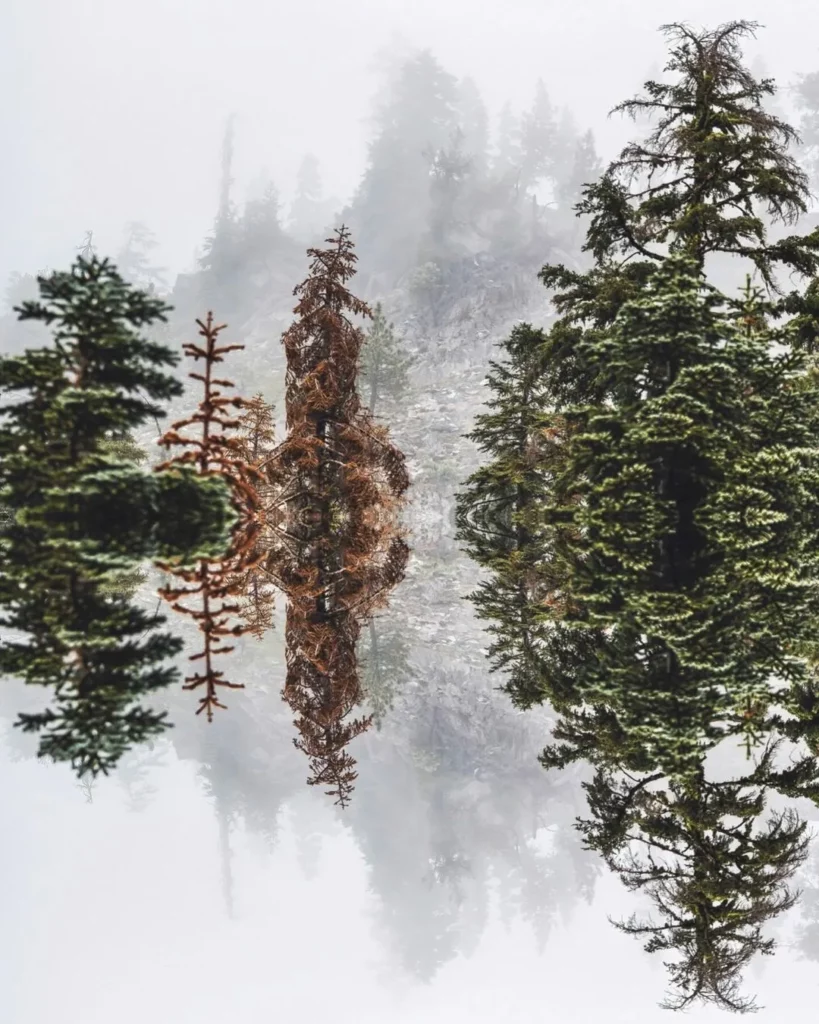
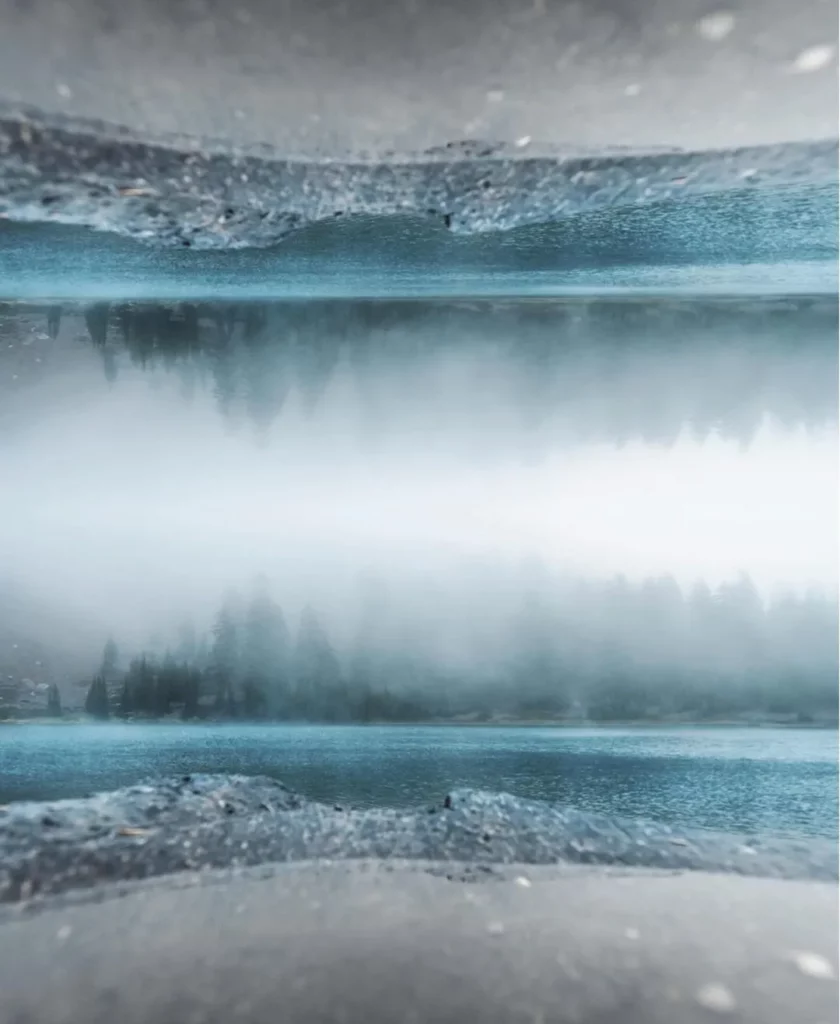
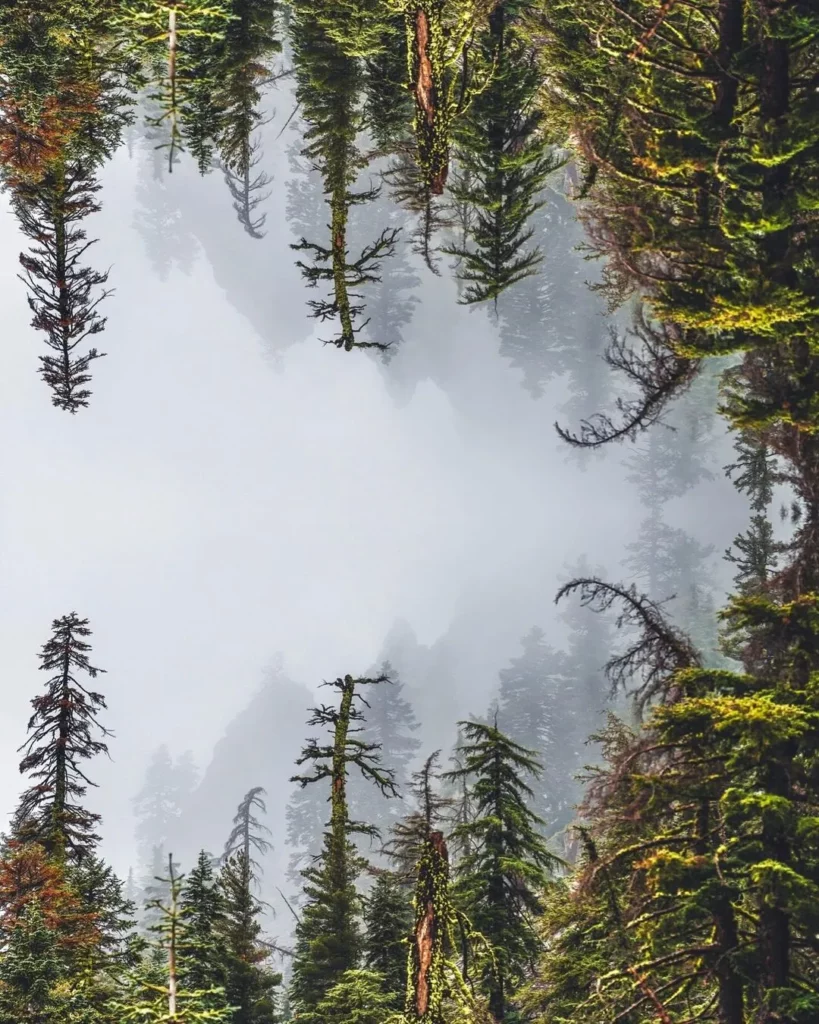

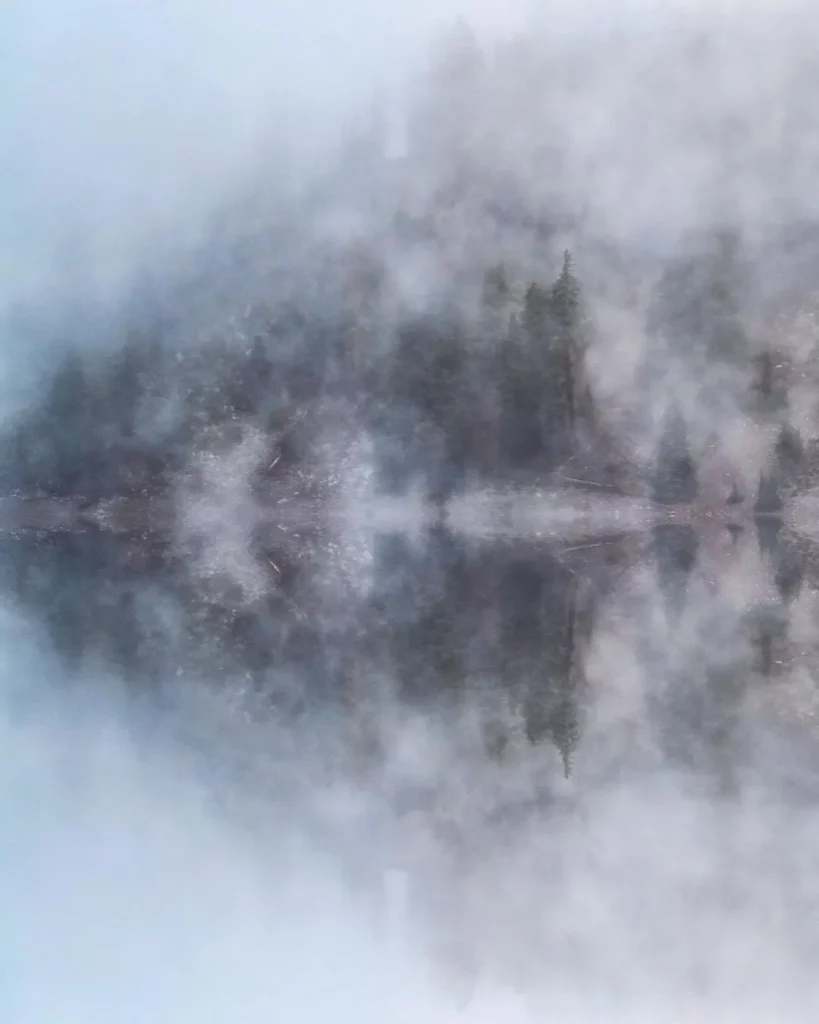
Address: 38050 Highway 36 East, Mineral, CA 96063
Directions from Red Bluff, CA:
- Head west on Highway 36 for approximately 44 miles.
- Upon reaching the junction with Highway 89, take Highway 89 north.
- Drive about 5 miles north until you reach the southwest entrance of Lassen Volcanic National Park.
Directions from Chester, CA:
- Depart from Chester and head east on Highway 36.
- After traveling for approximately 30 minutes, take Highway 89 north.
- Continue for around 5 miles until you arrive at the southwest entrance of the park.
Directions from Redding, CA: Travel eastward on Highway 44 for roughly 50 miles until you reach the park’s northern entrance at Manzanita Lake.
Lassen Volcanic National Park Operating Hours & Seasons
Lassen Volcanic National Park is indeed open 24 hours a day, 365 days a year. Unlike some other national parks that may require reservations for entry, there is no need for a reservation to enter Lassen Volcanic National Park. However, specific facilities, amenities, and roads within the park may have varying operating hours and seasonal closures.
Map and Address
Address: 38050 Highway 36 East, Mineral, CA 96063
Contact Info
Address: Lassen Volcanic National Park, 38050 Highway 36 East, Mineral, CA 96063
Phone: (530) 595-4480
Website: Lassen Volcanic National Park – National Park Service
Tickets Price (Visitor pricing at Lassen Volcanic National Park)
Visit the Governments website for tickets pricing- https://www.nps.gov/lavo/planyourvisit/fees.htm
| Pass Type | Price | Details |
| America the Beautiful Annual Pass | Free–$80.00 | Grants access to over 2,000 federal recreation sites, including National Park Service, US Fish & Wildlife Service, US Forest Service, Bureau of Land Management, and more. |
| Standard Entrance Pass | $10.00–$30.00 | Prices vary based on vehicle type, season, and other factors. |
| Annual Entrance – Park | $55.00 | Valid for entrance fees at Lassen Volcanic National Park, Whiskeytown National Recreation Area, Crater Lake National Park, or Lava Beds National Monument. |
| America the Beautiful Pass Series | $80.00 | Grants access to federal recreation sites charging entrance or standard amenity fees for one year. |
| Senior Pass | $80 (lifetime) or $20 (annual) | For U.S. citizens or permanent residents aged 62 or over, provides access to federal recreation sites and discounts on some fees. |
| Access Pass | Free (in person) or $10 (online) | For U.S. citizens or permanent residents with permanent disabilities, providing lifetime access and some fee discounts. |
| Military Annual Pass | Free (in person) or $10 (online) | Available for active-duty military members and dependents, granting one-year access to federal recreation sites. |
| Military Veteran Lifetime Pass | Free (in person) or $10 (online) | Available for veterans, providing lifetime access to federal recreation sites. |
| Annual 4th Grade Pass | Free | Available for US 4th graders, providing free access to federal recreation sites during the school year and the following summer. |
Things to Do in Summer, Fall, and Spring

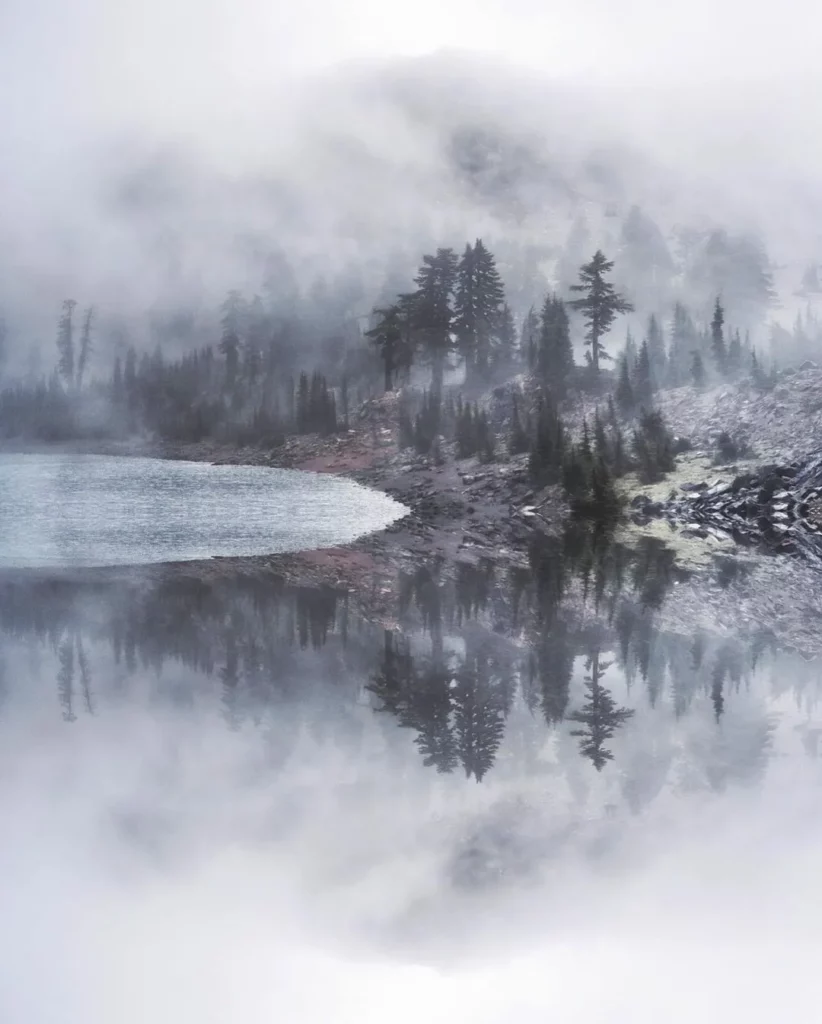

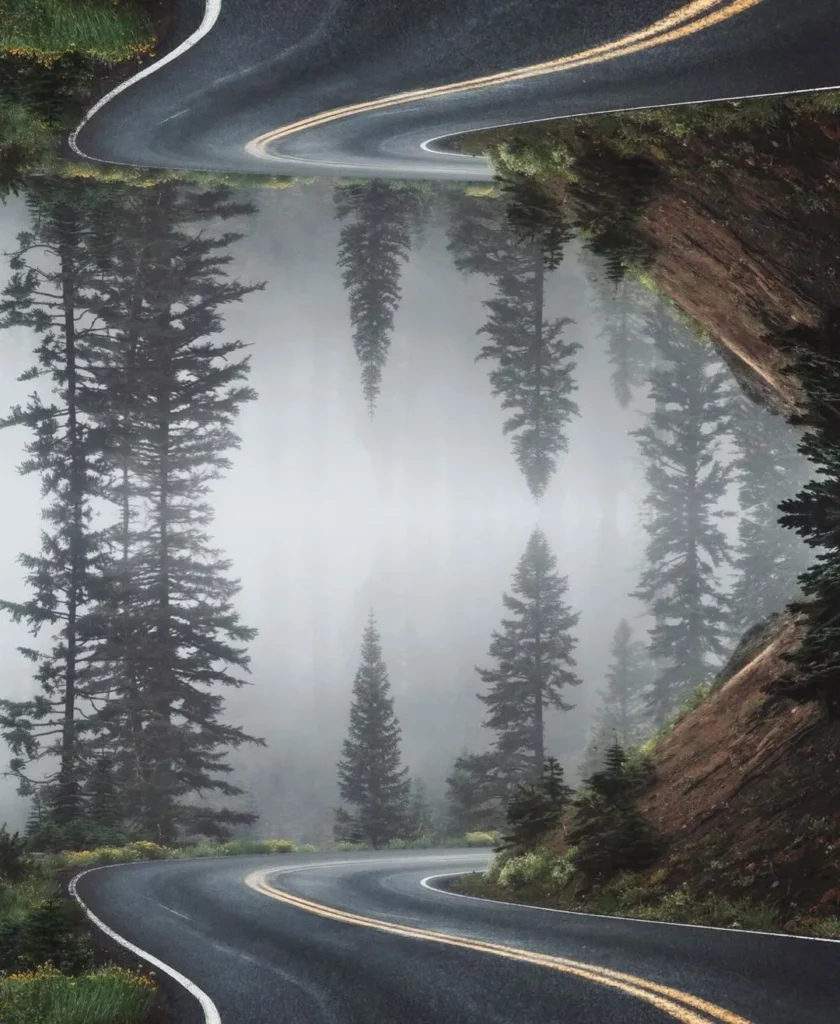
Here are activities and things to do in Lassen Volcanic National Park during summer, fall, and spring:
Summer (June to August):
- Hiking: Explore numerous trails of varying difficulty levels, from easy nature walks to challenging climbs, such as the Lassen Peak Trail.
- Camping: Enjoy camping in the park’s scenic surroundings at one of the developed campgrounds or backcountry campsites.
- Boating & Fishing: Head to Manzanita Lake or Butte Lake for boating, kayaking, or fishing.
- Scenic Drives: Take a scenic drive along the park’s roads, enjoying vistas, meadows, and volcanic features.
- Ranger-Led Programs: Participate in guided hikes, educational talks, and stargazing programs organized by park rangers.
Fall (September to November):
- Fall Foliage Viewing: Admire the vibrant fall colors of the park’s diverse vegetation, especially in areas like Kings Creek Meadow and Devastated Area.
- Wildlife Watching: Spot wildlife such as deer, bears, and birds as they prepare for winter.
- Hiking: Explore trails with cooler temperatures and fewer crowds, experiencing the beauty of autumn landscapes.
- Photography: Capture the stunning fall scenery, vibrant leaves, and changing landscapes.
Spring (March to May):
- Wildflower Viewing: Witness the bloom of wildflowers carpeting the meadows and slopes, particularly in areas like Bumpass Hell and the Lassen Peak Trail.
- Snow Activities: In early spring, enjoy cross-country skiing or snowshoeing in higher elevation areas that may still have snow.
- Waterfalls: Visit spectacular waterfalls, such as Kings Creek Falls and Mill Creek Falls, which may have higher water flow due to melting snow.
- Bird Watching: Observe migratory birds returning to the park, especially around lakes and wetland areas.
Remember that specific activities and access to certain trails or areas may vary depending on weather conditions and the park’s operational status during each season. Always check the park’s official website or contact the visitor center for updated information before planning your visit.
Night Sky Viewing
Lassen Volcanic National Park offers exceptional opportunities for stargazing and night sky viewing due to its relatively low light pollution and clear atmospheric conditions. Here are some details on experiencing the night sky at Lassen:
Night Sky Viewing Tips:
- Stargazing Programs: The park often hosts ranger-led astronomy programs and night sky events during clear nights. Check the park’s schedule or inquire at the visitor center for information on upcoming stargazing programs.
- Best Viewing Locations: Choose open areas away from artificial lights and obstructions for the best visibility. Places like Bumpass Hell, Summit Lake, or the Devastated Area offer expansive views of the night sky.
- Timing: The ideal time for stargazing is typically during new moon phases or when the moon is not visible, allowing for darker skies and better visibility of stars, planets, and celestial phenomena.
- Astronomy Apps/Guides: Consider using astronomy apps or celestial guides to identify stars, constellations, and planets visible during your visit. Some apps provide real-time sky maps and information on celestial objects.
- Equipment: Bring binoculars or a telescope if you have them, as they enhance the viewing experience by allowing you to see distant celestial objects in greater detail.
Night Sky Highlights:
- Milky Way Viewing: During moonless nights, the Milky Way’s band can be visible stretching across the sky. Look for it in areas with minimal light pollution.
- Planetary Observation: Depending on the time of year, planets like Jupiter, Saturn, Mars, and Venus might be visible in the night sky. Use star charts or astronomy apps to locate them.
- Meteor Showers: Check the timing of meteor showers, such as the Perseids in August or the Geminids in December, and plan your visit during these events for a chance to see shooting stars.
- Constellations: Identify and learn about prominent constellations visible during your visit. Constellations like Orion, Ursa Major (containing the Big Dipper), and Cygnus are often easily recognizable.
Remember, the quality of stargazing can depend on weather conditions, so check the weather forecast before planning your night sky viewing experience. Additionally, be sure to pack warm clothing, as temperatures can drop significantly at night, even during warmer seasons.
Nearby Attractions and Excursions
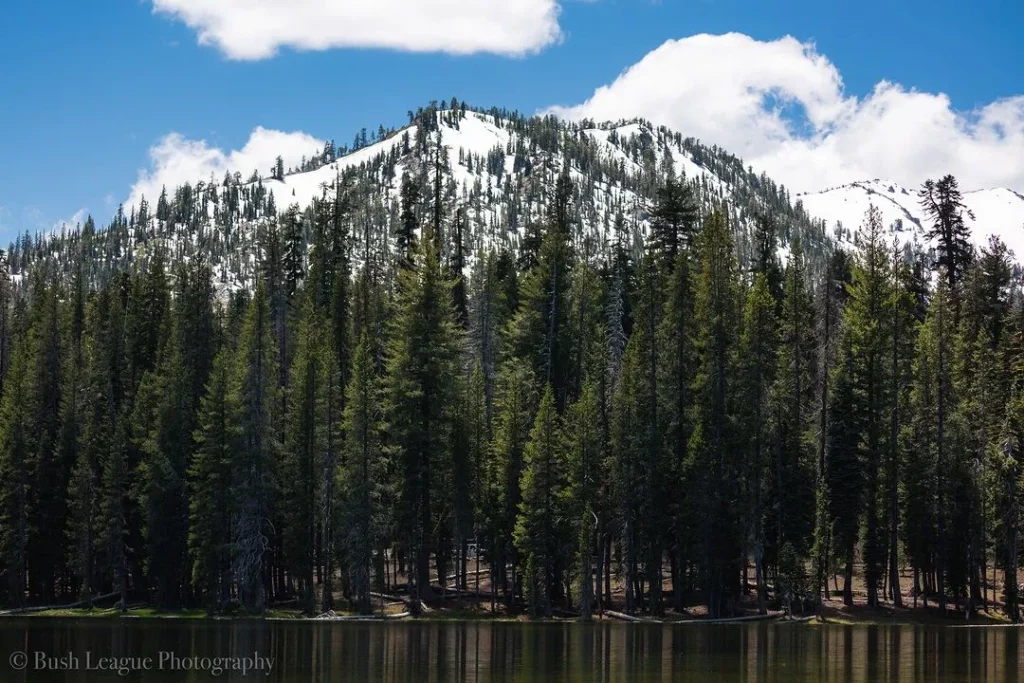
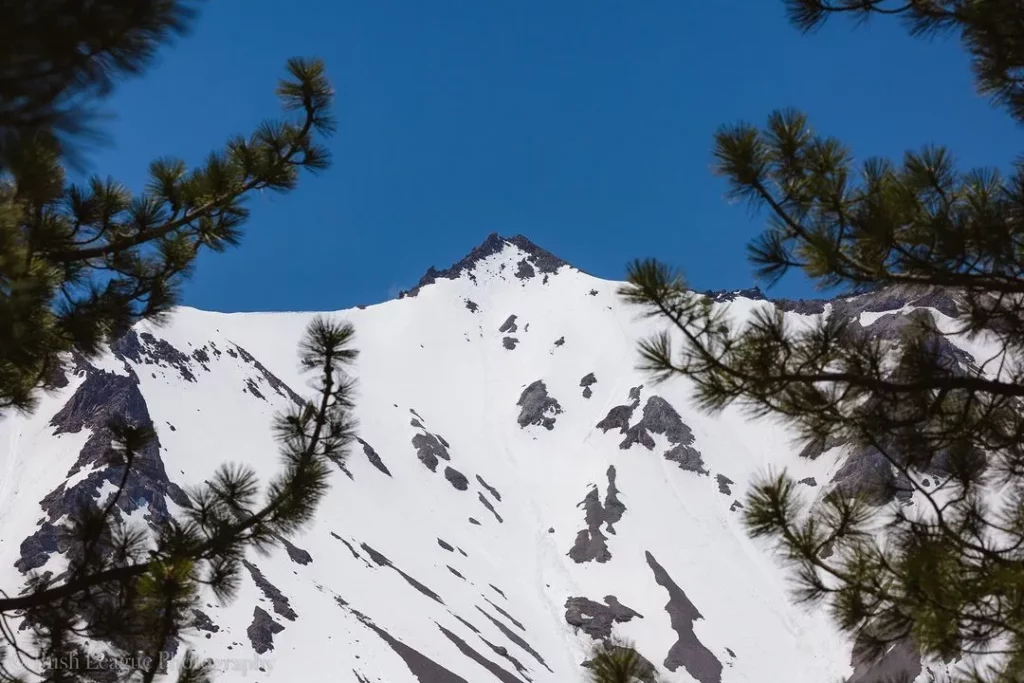


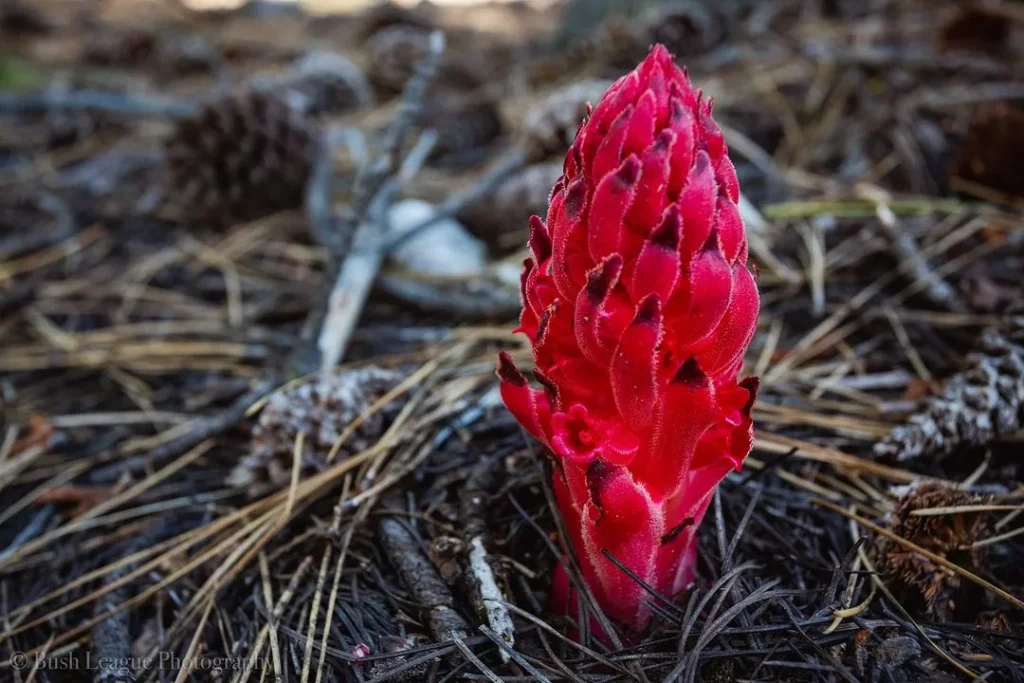

Nearby Attractions:
- Manzanita Lake: Located within the park, this picturesque lake offers opportunities for kayaking, fishing, and hiking around its scenic shores.
- Bumpass Hell: A famous geothermal area within the park featuring boiling springs, mud pots, and fumaroles accessible via hiking trails.
- Kohm Yah-mah-nee Visitor Center: Learn about the park’s geology, ecology, and history through exhibits and educational programs.
- Sulphur Works: Witness steam vents and boiling mud pots near the park’s main road, providing a glimpse into the park’s volcanic activity.
- Loomis Museum: Explore exhibits detailing the volcanic history and past eruptions within the park.
Nearby Towns and Attractions:
- Redding, California: A vibrant city offering cultural attractions, dining, and access to outdoor adventures like the Sundial Bridge, Boardwalk California, Turtle Bay Exploration Park, and Sacramento River trails.
- Shasta Lake: A popular spot for boating, fishing, and water activities, offering scenic views and various recreational opportunities.
- McArthur-Burney Falls Memorial State Park: Famous for Burney Falls, this park offers hiking trails and stunning waterfalls amid lush forested surroundings.
- Mount Shasta: A prominent peak in the region, popular among hikers, climbers, and nature enthusiasts. Nearby, visit Shasta-Trinity National Forest for more outdoor activities.
- Whiskeytown National Recreation Area: Located west of Redding, it features Whiskeytown Lake, offering opportunities for boating, swimming, and hiking trails like Crystal Creek Falls.
- Lava Beds National Monument: Known for its lava tube caves, this area offers exploration of caves formed by ancient lava flows.
- Susanville: A small town east of the park, offering historical sites, outdoor recreation, and access to the Lassen National Forest.
Visitors can extend their stay by exploring these nearby attractions and towns, each offering its own unique experiences and natural beauty.
Safety and Precautions
| Safety Precautions | Details |
| Weather Awareness | Check forecasts before visiting and prepare for sudden weather changes. |
| Stay on Trails | Stick to designated paths to avoid getting lost or encountering hazards. |
| Inform Others | Share your itinerary and expected return time with someone trustworthy. |
| Emergency Equipment | Carry a map, compass, first aid kit, water, and food supplies. |
| Wildlife Caution | Keep a safe distance from wildlife; do not feed or approach them. |
| Altitude Consideration | Be mindful of high-altitude areas and symptoms of altitude sickness. |
| Geothermal Features | Stay on marked paths in geothermal areas to avoid burns or accidents. |
| Driving Caution | Drive carefully, especially during adverse weather or at night. |
| Road Closures | Check for road closures, especially in winter due to snow. |
| Sun Protection | Use sunscreen, hats, and sunglasses to prevent sunburn and UV exposure. |
| Hydration | Carry and drink plenty of water, especially during hikes or activities. |
| Food Storage | Store food properly to avoid attracting wildlife; keep campsites clean. |
| Leave No Trace | Respect the environment; pack out all trash and follow “Leave No Trace” principles. |
| COVID-19 Guidelines | Adhere to park guidelines, wear masks indoors or in crowded outdoor spaces, and follow health recommendations. |
Planning Tips for Visitors

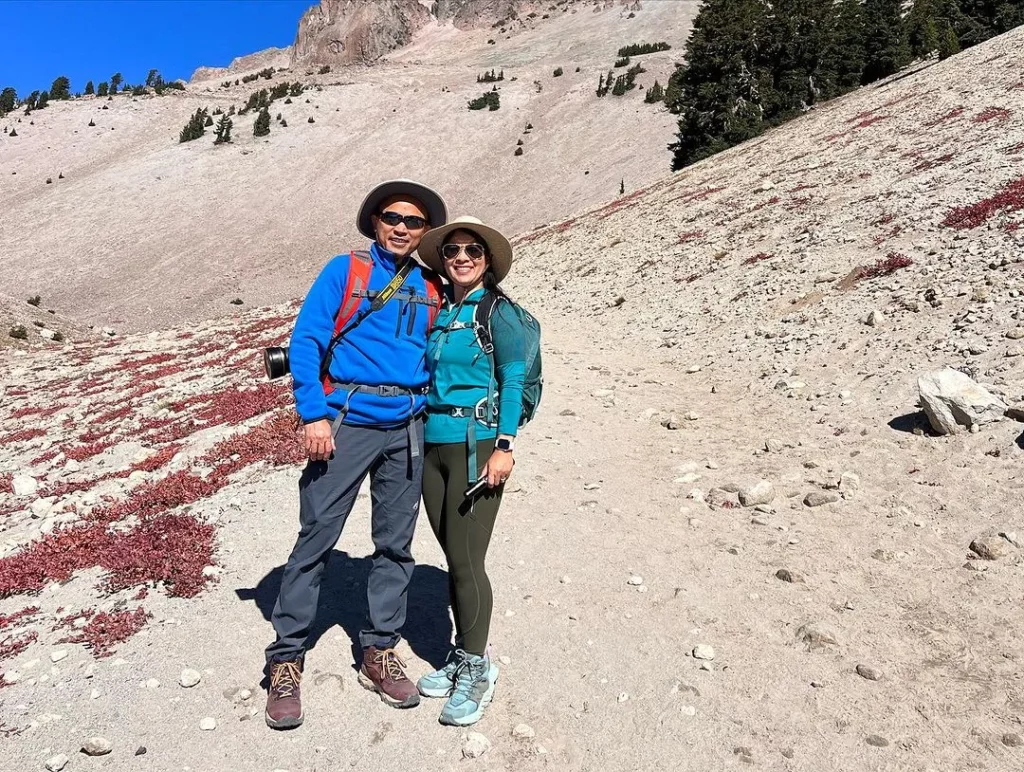

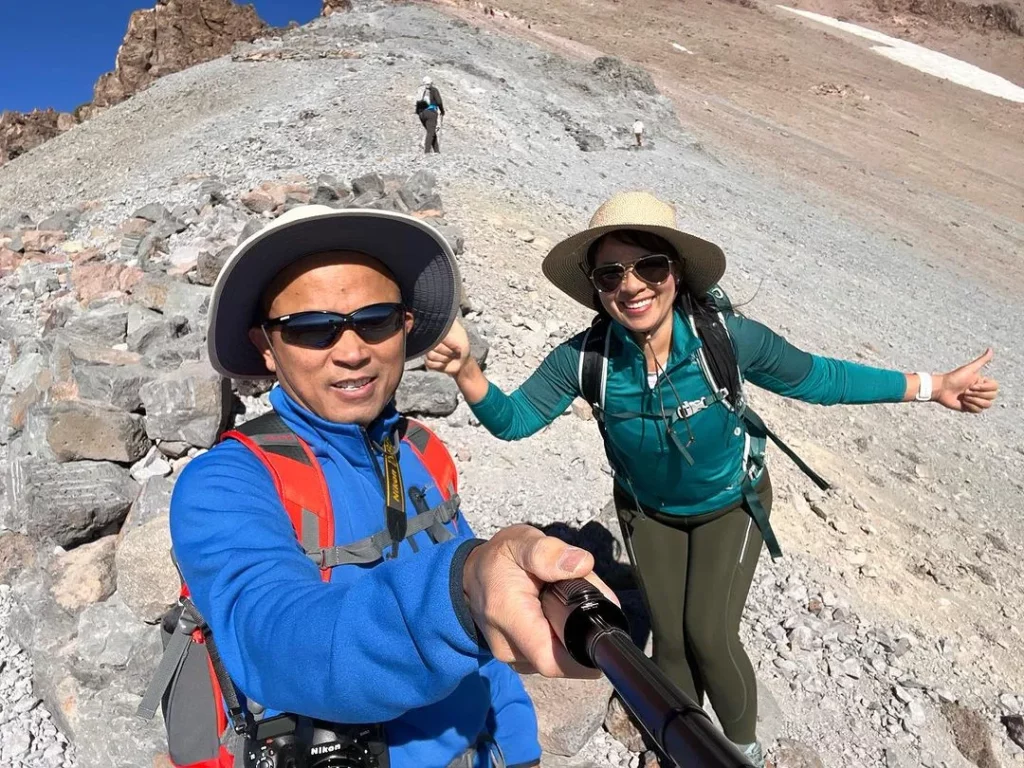

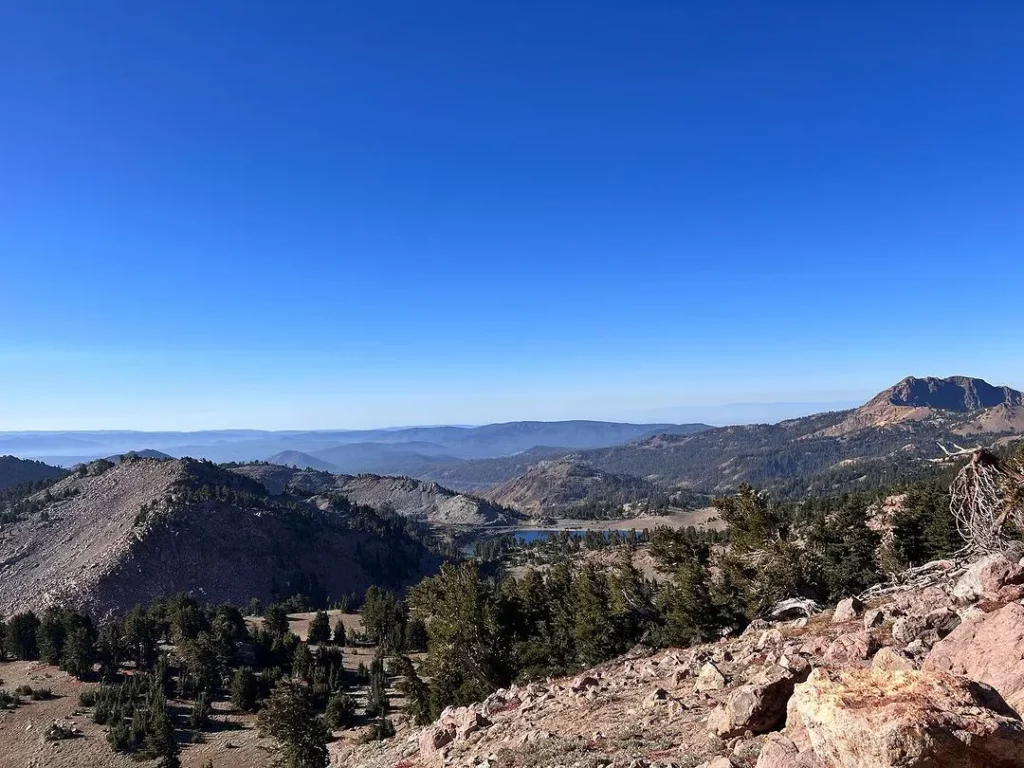
- Weather Awareness: Weather can change quickly. Be prepared for variable conditions, especially at higher elevations. Carry layers, including warm clothing, even in summer.
- Trail Preparation: Research and plan your hikes in advance. Consider trail difficulty, length, and elevation gain. Bring adequate water, snacks, a map, and proper footwear.
- Visitor Center Visit: Start your trip by visiting the Visitor Center. Get acquainted with the park, learn about safety protocols, check for alerts, and get trail maps or brochures.
- Park Hours: While the park is open year-round, some areas might be inaccessible due to weather conditions. Check the park’s website or call ahead for any seasonal closures.
- Accommodation: If staying overnight, book accommodations in advance. Campgrounds and lodges fill up quickly, especially during peak seasons.
- Wildlife Viewing: Respect wildlife by observing from a safe distance. Binoculars or zoom lenses for cameras can help you view animals without encroaching on their space.
- Park Regulations: Familiarize yourself with park rules, especially regarding pets, hiking, camping, and waste disposal. Follow “Leave No Trace” principles.
- Photography: The park offers stunning photography opportunities. Be prepared with the right camera gear and take advantage of the unique landscapes and wildlife.
- Road Conditions: Check road conditions before your trip, especially during winter months. Some areas might require snowshoes or other specialized gear.
- Guided Tours and Programs: Consider joining ranger-led tours or programs. They offer insights into the park’s ecology, geology, and history.
By planning ahead and being mindful of safety measures and park regulations, visitors can make the most of their experience at Lassen Volcanic National Park.
Conclusion
Lassen Volcanic National Park in California stands as a testament to the incredible forces of nature, showcasing a unique blend of geological wonders, diverse ecosystems, and captivating landscapes. From its volcanic peaks and hydrothermal features to its vibrant flora and fauna, the park offers a mesmerizing experience for nature enthusiasts, adventurers, and families alike.
Steeped in a rich history of indigenous cultures and shaped by past volcanic eruptions, the park’s allure lies not only in its scenic beauty but also in its educational value. Visitors can explore a network of trails, gaze upon stunning vistas, marvel at the night sky, and immerse themselves in a world of natural wonders.
With year-round accessibility and a plethora of activities spanning various seasons, Lassen Volcanic National Park remains a prime destination for those seeking to discover the raw and untamed beauty of California’s volcanic landscapes.
How much did you like Our detailed Explore Lassen Volcanic National Park | California, Map, Elevation? Review Also, please share these Blogs with your friends on social media.
Recommended
Lassen Volcanic National Park FAQ’s
What is the best time of year to visit Lassen National Park?
The park is open year-round, but the summer months (June to September) are the most popular due to favorable weather conditions for hiking and camping. Fall offers beautiful foliage, and winter brings opportunities for snow-based activities.
What is the closest city to Lassen Volcanic National Park?
Redding, California, is the nearest major city to Lassen Volcanic National Park, located approximately 50 miles to the west.
Can I see lava in Lassen?
While you can't see flowing lava in the park, you can observe various volcanic features such as fumaroles, hot springs, and mud pots.
How many days do you need in Lassen?
To explore the park thoroughly, plan for at least two to three days. This duration allows for hiking, scenic drives, and exploring the diverse attractions.
How long does it take to drive around Lassen National Park?
The main park road (Highway 89) is approximately 30 miles long and can take around 1.5 to 2 hours to drive without stops. However, additional time should be allotted for exploring trails and attractions.
Can you go in hot springs at Lassen National Park?
No, swimming or soaking in the park's hot springs is not allowed due to their extreme temperatures and delicate ecosystems.
What not to miss in Lassen Volcanic National Park?
Don't miss out on the highlights such as Bumpass Hell, Lassen Peak, Manzanita Lake, Sulphur Works, Kings Creek Falls, and the scenic trails.
Can you swim in Lassen volcanic?
Swimming is permitted in some areas, such as Manzanita Lake and Summit Lake, but not in hot springs or other geothermal areas.
How busy is Lassen National Park?
The park can get crowded during peak seasons (summer and fall), especially on weekends. To avoid crowds, consider visiting during weekdays or in the off-peak seasons.
Why is Lassen Peak famous?
Lassen Peak is famous for its eruption in 1915, which was the most recent eruption in the contiguous United States before Mount St. Helens erupted in 1980.
Do you need a reservation for Lassen?
Generally, you don't need a reservation to enter Lassen Volcanic National Park. However, some activities or camping areas might require advance reservations, especially during peak seasons. It's advisable to check the park's website for current information and reservation requirements.

Meet David Hoper, a passionate travel Blog writer with 7+ years of experience in travel content. Through his exemplary storytelling and engaging narratives, he shares his experiences and brings destinations to life. With a keen eye for detail and a love for exploration, he has cultivated a diverse portfolio of travel blogs that inspire and inform readers worldwide.
